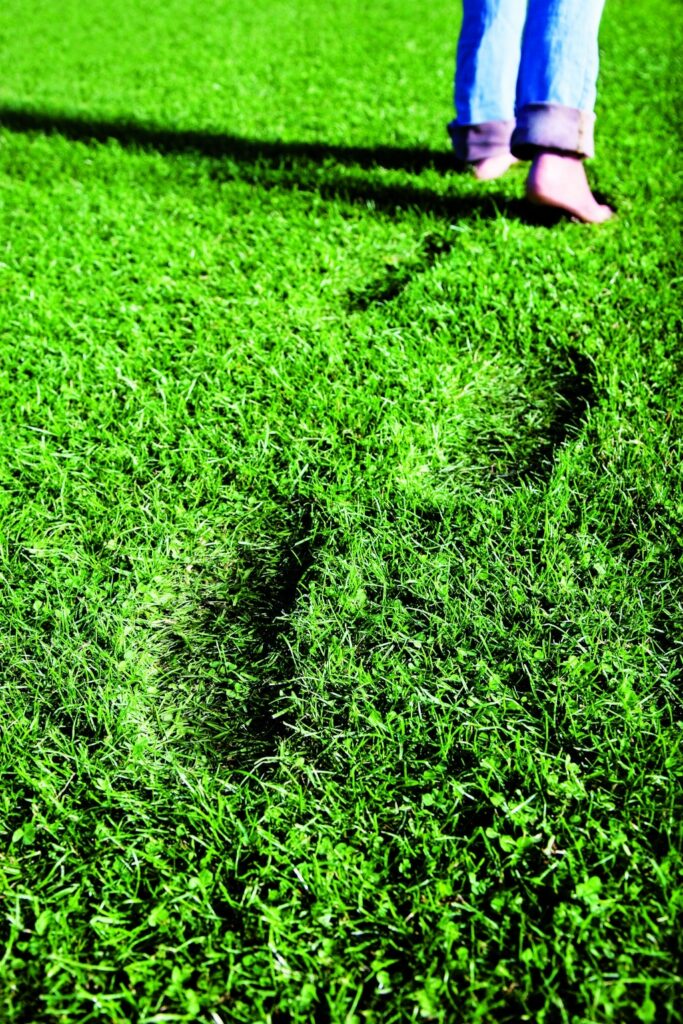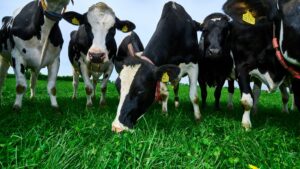It is difficult to find anything else but positive words to describe the forage used and loved by many beef- and dairy farmers: The clover-grass mixture. It produces lots of yield, uses little nitrogen, improves forage digestibility, helps you becoming self-sufficient with protein and boosts your income. How much better can it get?
Not much, if you ask farmers, who have been growing clover-grass mixtures for years and brought “cheap” protein feed back to their stables while saving expenditures on costly soy. They love it for several reasons:
- Clover-grass works perfectly well in crop rotation and leaves labile nitrogen that is readily taken up by maize or any type of catch crop
- Clover-grass is a really good measure for improving soil structure and outstanding in sequestering carbon dioxide (CO2) into soil organic matter
- No matter how digestible your grass feed is — addition of clover will always improve it
- Clover-grass is a robust crop with little disease and a safe annual supply of a high-quality forage
For similar reasons, clover-grass is extensively included in organic farming, where sufficient supply of fertilizers can be a challenge and chemical plant protection is a no-go.
Clover-grass does not require extensive management, and optimal ratios between grass and clover is easily maintained by applying small amounts of nitrogen to the field. Clovers do not appreciate excessive wear with heavy farm-machinery, and Controlled Traffic Farming (CTF) is recommended to avoid compaction in production fields. Grass-clover mixtures come in several different blends depending on region and usage. In regions with costal climates, the major component is perennial ryegrass (85%) in combination with white clover (15%). In areas with continental climate, clover-grass mixtures often include forage fescues and festuloliums in combination with red clover.
Bio-economists also find the clover-grass crop very attractive. Studies have shown that you are able to harvest up to 3 ton protein/ha from clover-grass, even with less nitrogen application than 100 kg N/ha. Interestingly, the clover-grass amino acid composition match the requirements of monogastric animals like pigs and poultry even better than soy. The protein is extracted as a juice and the remaining pulp is well suited as feed for cows. Large national projects involving pilot-scale refineries are now trying to optimize all processes and making good business cases from different scenarios.
Finally, growing clover-grass mixtures, as a sustainable alternative to other forage crops, is a great choice for the environment and for our climate, which should make us all happy. New improved varieties in perennial ryegrass, festulolium, red-and-white clover will soon hit the market in different blends. With even greater significance, they will demonstrate that clover-grass forage is and will continue to be a winner for everyone.








